
Le ultime scoperte a Porta Stabia intervista a Massimo Osanna
Pompeii. Porta di Stabia or Stabian Gate. May 2006. Niche on east side. The following narrative and images of the Shrine in the Stabian gate are the intellectual property of Dr Steven Ellis et al. of the Pompeii Archaeological Research Project: Porta Stabia (PARP:PS) and are reproduced with the kind permission of Dr Ellis.

Pompei Porta Di Stabia Da Via Stabiana Editorial Photography Image
Apart from basic practicalities, the methodologies outlined below were shaped by a set of common goals, defined by the project's research questions targeting the social, structural, and contextual making of the Porta Stabia neighborhood (see Chapter 1).This meant that those studying (for example) metal artifacts had similar frameworks through which to analyze their materials as those working.
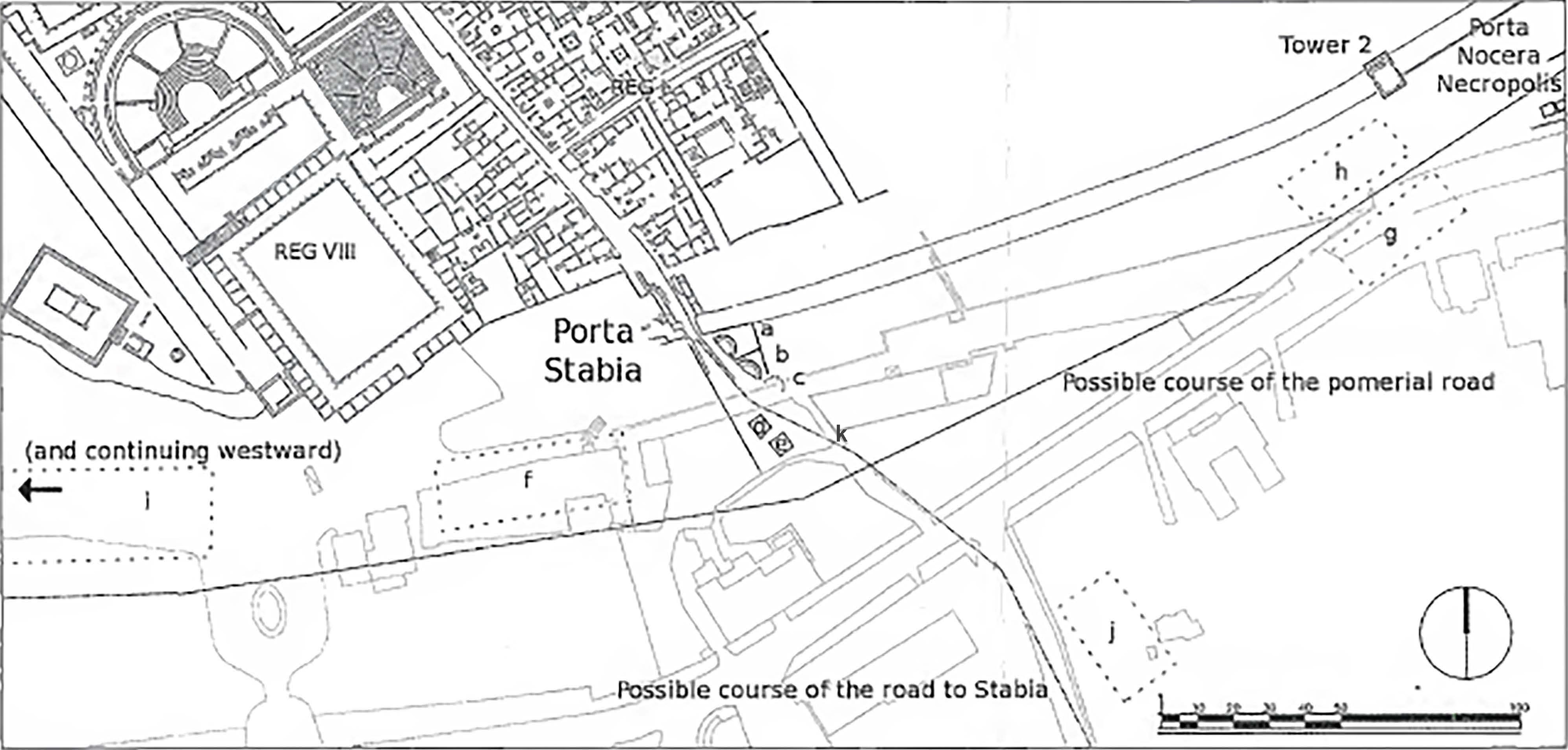
Pompeii Necropoli di Porta Stabia. Tombs near the Stabian Gate Pompei
Abstract. The Porta Stabia at Pompeii was one of the seven major gates that offered access through the fortifications of the city. Throughout Pompeii's lifetime the gate served to anchor its street network connecting the via Stabiana, the main the cardo of the city, with the Sarno River valley and its harbor to the south.The Pompeii Archaeological Research Project: Porta Stabia conducted.
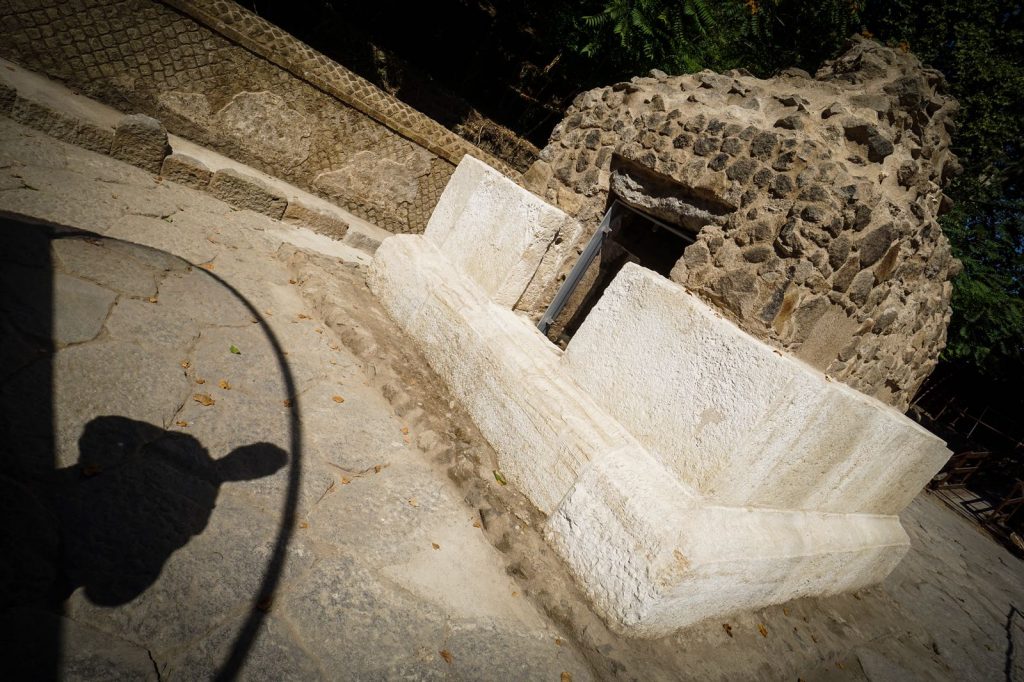
Nuove indagini archeologiche per le tombe della necropoli di Porta Stabia
The chief street running in a southeast-northwest direction was the Via Stabiana; it connected the Porta Vesuvio, or Vesuvius Gate (144 feet [44 metres] above sea level), in the highest part of the city, with the Porta di Stabia, or Stabiae Gate (26 feet [8 metres]), in the lowest part.

Castellammare Di Stabia Centro Storico Castellammare di Stabia, la
The newly discovered tomb of Marcus Venerius Secundio at the Porta Sarno, Pompeii: Neronian zeitgeist and its local reflection - Volume 35 Issue 2. " Reconstructing the funerary landscape at Pompeii's Porta Stabia.". " La necropoli di Porta Nocera: la tomba del recinto 3/5 ES e la tomba dei Clodii 5 OS.
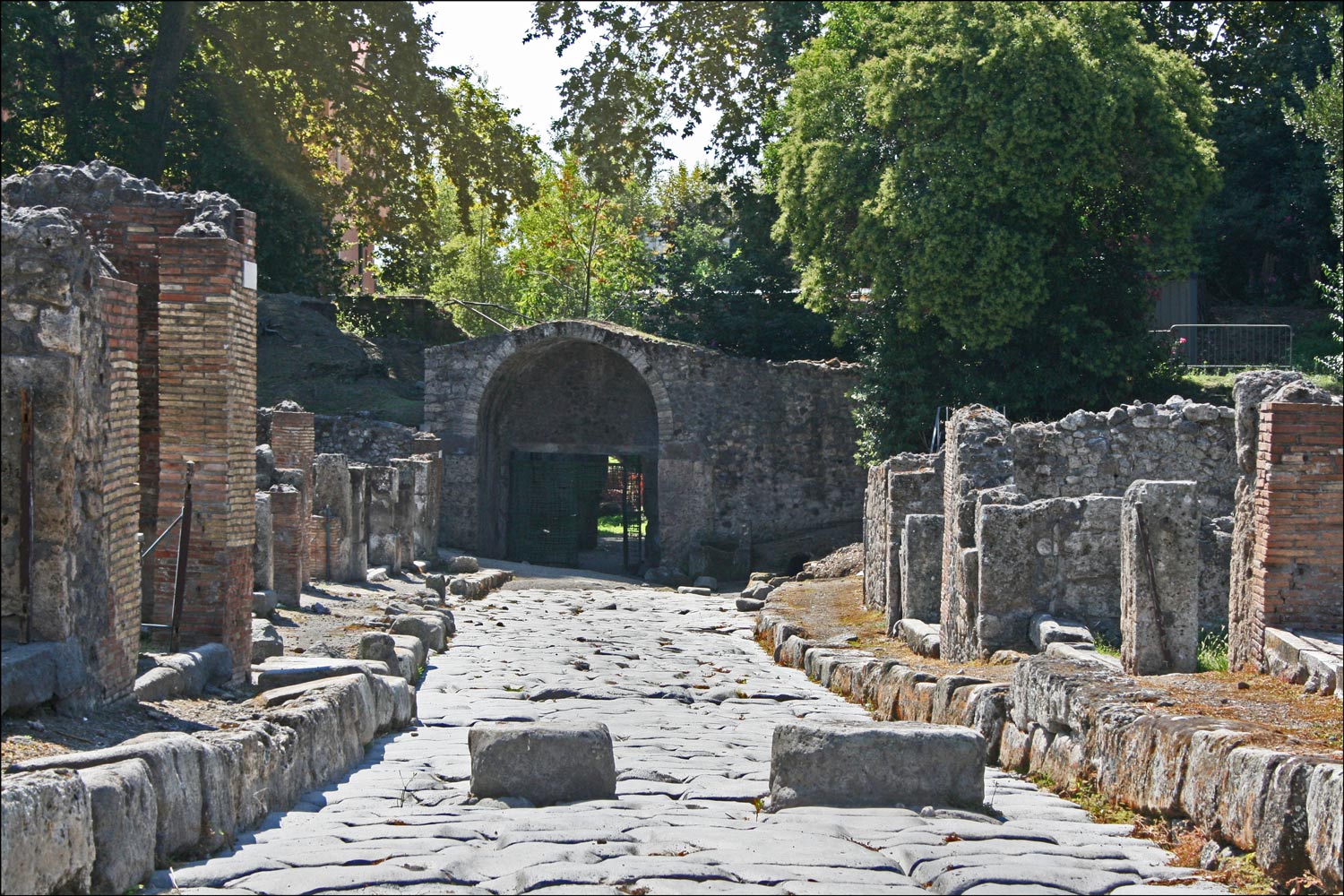
Pompei. Parco Archeologico, regolari i lavori di riqualificazione a
Paesaggio funerario della Porta Stabia di Pompei. Grablandschaft an der Porta Stabia von Pompeji. Plan of the funerary landscape at Pompeii's Porta Stabia, after Emmerson 2010, updated for later finds. Emmerson suggests slightly differing locations for some tombs around Porta Stabia than our main Stefani 1998 based tombs plan. Each tomb has a.

Pompeii. Porta di Stabia or Stabian Gate. March 2009. Lower niche in
Reconstructing the Funerary Landscape at Pompeii's Porta Stabia: Rivista di Studi Pompeiani 21, pp. 78, fig. 1. Secondo Osanna, il rilievo è infatti compatibile con il monumento SG6, in quanto la sua lunghezza è lunga circa 4 metri ed è stato trovato fuori luogo, proprio nella zona di Porta Stabia. Ora al Museo archeologico di Napoli.
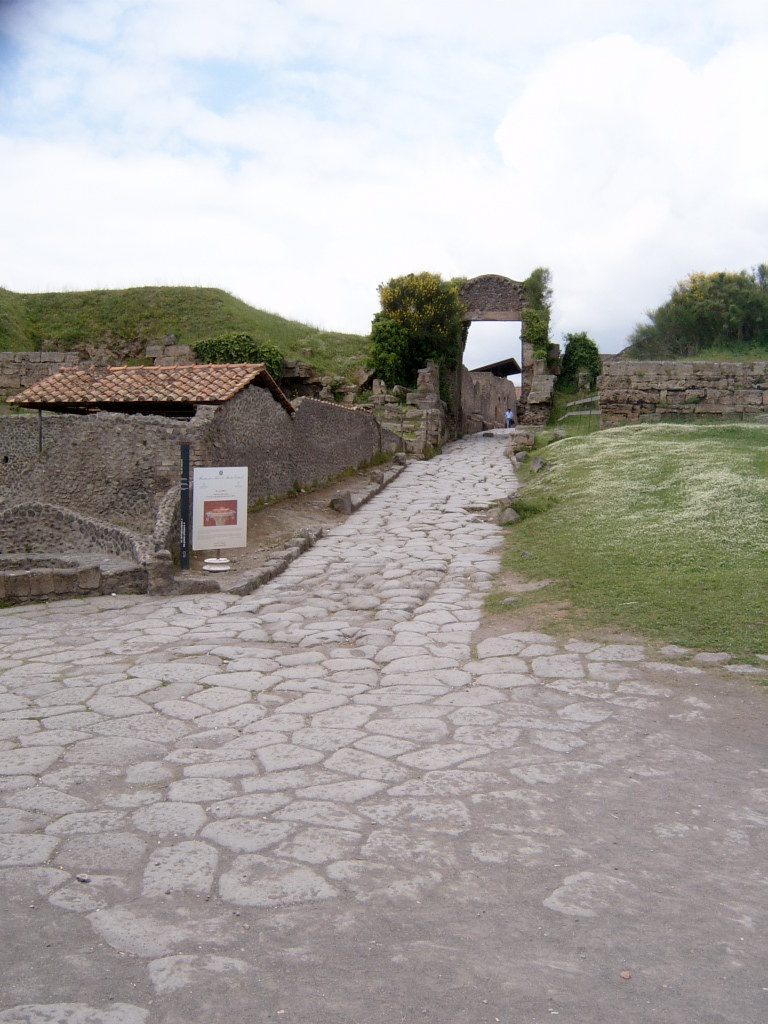
Pompeii Porta di Stabia Troels Myrup Flickr
The Porta Stabia Neighborhood at Pompeii Volume I: Structure, Stratigraphy, and Space Steven J. R. Ellis, Allison L. C. Emmerson, Kevin D. Dicus Published: 3 August 2023 Cite Permissions Share Abstract This volume brings together the results from the University of Cincinnati's archaeological excavations of the Porta Stabia neighborhood at Pompeii.

Pompei Porta di Stabia su Via Stabiana Stock Photo Alamy
La porta presenta all'esterno un anello in ferro e un sistema di chiusura sulla parte interna in bronzo, e cardini in bronzo. La porta era chiusa al momento dello scavo ed è stata aperta per i lavori di restauro, mostrando il perfetto funzionamento, a 2000 anni di distanza, del sistema di chiusura romano.

Pompeii Porta di Stabia or Stabian Gate. September 2010. Two niches in
Via Stabiana Via Stabiana, connected to via del Vesuvio, entered the city through Porta Vesuvio leading to Porta Stabia, the oldest city gate. As in many ancient roman cities, just after the main gate, along the road, there were dozens of monumental tombs, established in that place to keep the memory of illustrious people alive.

Nuove indagini archeologiche per le tombe della necropoli di Porta Stabia
Media in category "Historical images of Porta di Stabia (Pompeii)" The following 5 files are in this category, out of 5 total. Descrizione di Pompeii (1875) (14758412986).jpg 2,174 × 1,244; 1.01 MB. General view and Vesuvius, Pompeii, Italy-LCCN2001700924.jpg 3,488 × 2,592; 3.23 MB.

Castellammare di Stabia, la città dei due porti ADSP Mar Tirreno Centrale
Along Via Stabiana, just outside the ancient city gate of the same name, restoration and development operations on two funeral monuments began in the fall of 2017, in an area adjacent to the monumental tomb of Gnaeus Alleius Nigidius which was brought to light last year.

Pompei, verso l'asta necropoli di Porta Stabia Lettera43
The research focused on ten independent properties across two insulae (VIII.7 and I.1), which comprised shops, workshops, and modest residential and hospitality oriented spaces, with the aim of recording the full sequence of natural and historic development in the area, from identifying the order of geological events, to charting the sequence of.
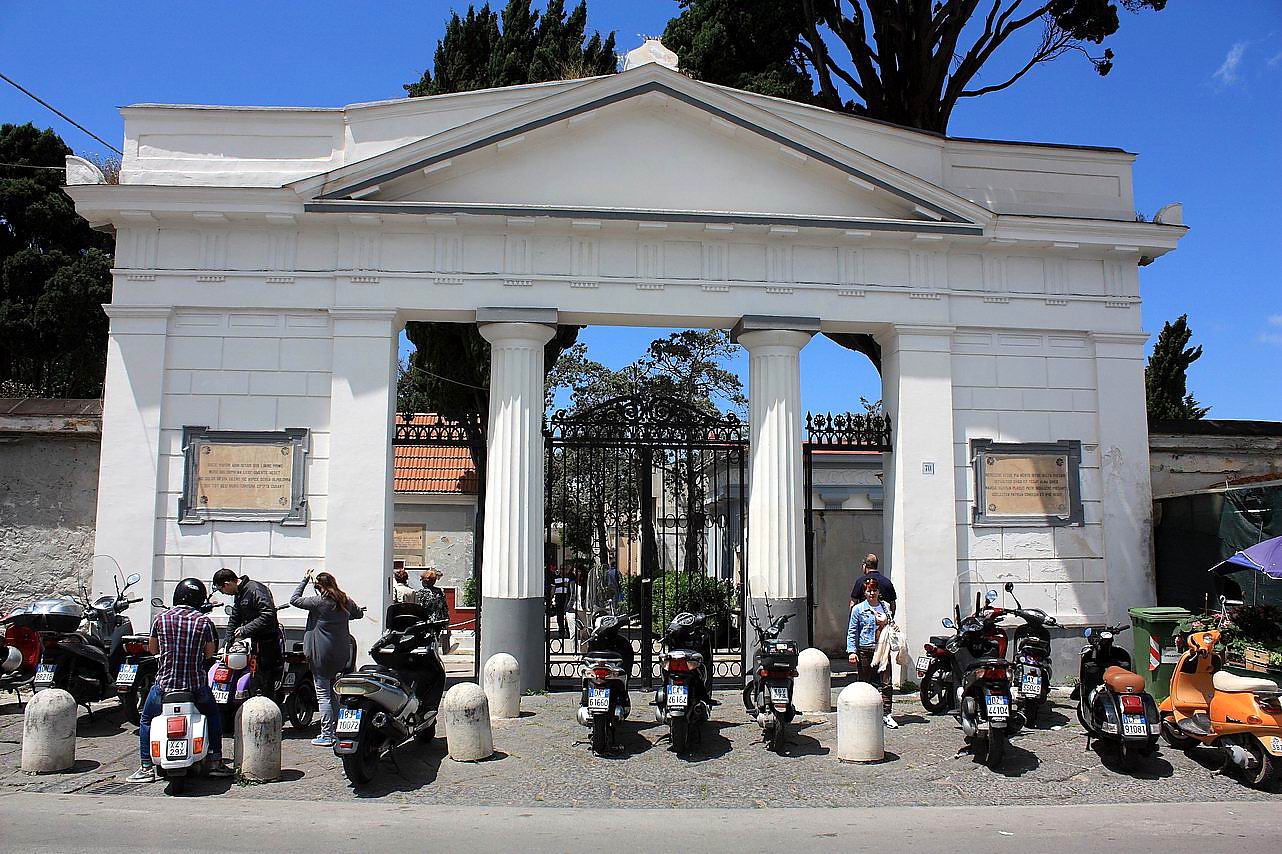
Il Cimitero vecchio di Castellammare Libero Ricercatore
Pompeii. Porta di Stabia or Stabian Gate. Excavated 1851, 1853, 1860, 1869, 1874-1900. Part 1 Part 2 Part 3. According to Van der Graaff - "Excavations began at the Porta Stabia on April 22, 1851, with the entry of 10 June marking its discovery.

Pompei Porta di Stabia editorial photography. Image of roman 259819007
8 Paul Zanker's article from 1975 should only be mentioned in passing, as it investigates the sculptural decoration of freedmen tombs in and around the city of Rome.7 Zanker was the first researcher that examined the reliefs in order to gain knowledge of historical aspects
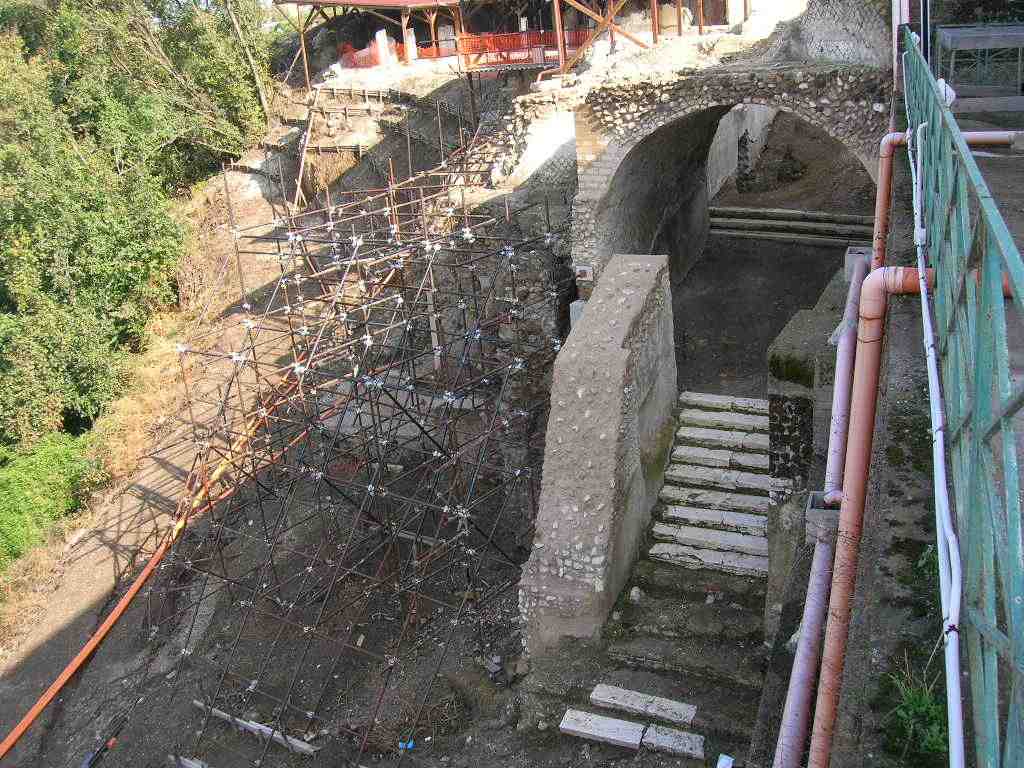
Scavi Archeologici di Stabia
The 'Pompeii Archaeological Research Project: Porta Stabia' (PARP:PS) aims to uncover the structural and occupational history of the SE corner of Insula VIII.7, from its earliest origins through to AD 79.. 2007, Two Seasons of Excavations at VIII.7.1-15 and the Porta Stabia at Pompeii, 2005-2006, in Rivista di Studi Pompeiani 18: 119-128. G.